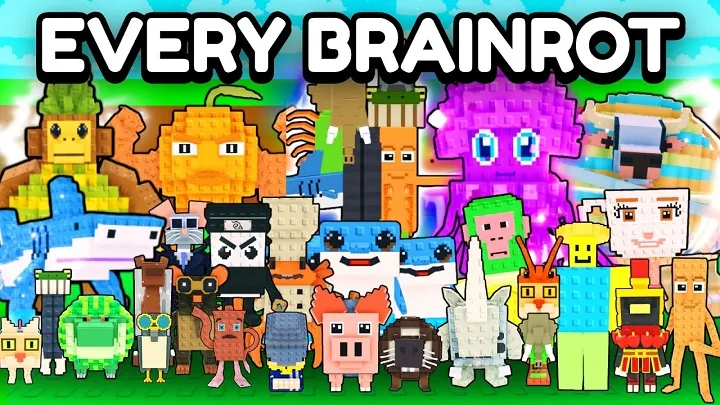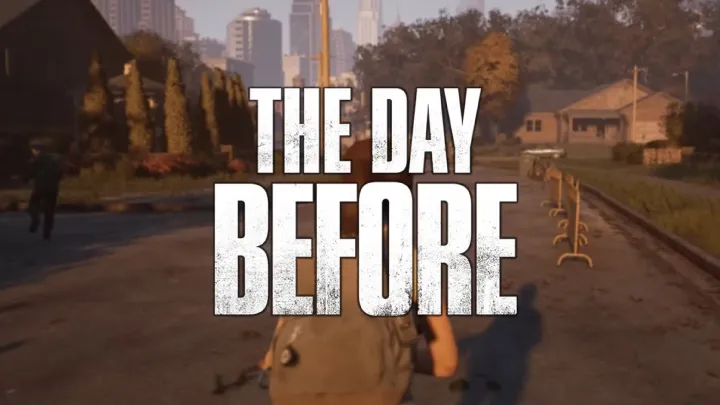Introduction
Drive Beyond Horizons is celebrated as one of the most ambitious driving simulation games of recent years. Combining vast open-world exploration with realistic mechanics, it promises players the freedom to experience driving in ways that extend beyond racing tracks and urban streets. However, one specific issue has stood out and sparked heated discussion within the player community: the balance between realism and fun. The game constantly wrestles with how much realism to integrate without stripping away the sense of enjoyment that makes it accessible to all players. In this article, we will explore this tension in detail, analyzing its impact across different stages of gameplay, from the early tutorial moments to long-term progression, and offer insights into how this issue shapes the experience of Drive Beyond Horizons.
The Beginning – Learning the Roads

At the start of Drive Beyond Horizons, new players are introduced to an expansive driving system. Cars handle differently depending on weight, tire grip, weather, and terrain.
This level of realism is both exciting and intimidating. For players who love simulations, it feels like stepping into the driver’s seat of a real vehicle. For casual gamers, however, the steep learning curve can feel punishing. Unlike arcade-style games, there’s little forgiveness for mistakes. Missing a gear shift or misjudging braking distance can lead to immediate failure.
The First Frustration – Weather Systems and Handling
As players move into the first ten hours of gameplay, dynamic weather systems start to play a major role. Driving on rain-soaked roads or icy mountain paths creates a sense of tension.
The issue is that these mechanics, while realistic, are not always balanced for fairness. Vehicles sometimes spin out unpredictably, and even minor steering adjustments can send players off-road. Instead of adding challenge, it can feel like the game is punishing players arbitrarily.
H3: Player Responses to Weather Challenges
- Simulation fans praise the attention to detail.
- Casual players often feel excluded.
- Many resort to lowering difficulty settings or abandoning long routes.
Progression Walls – Realism Versus Accessibility
In the midgame, progression depends on completing challenges that require mastery of driving physics. Tasks like mountain climbs, highway endurance runs, or off-road delivery missions often expose the realism issue most sharply.
For example, certain missions require perfect control of acceleration and braking, something that mirrors real-life driving tests. While this deepens immersion, it can create barriers for players seeking entertainment rather than simulation. Some view it as rewarding skill, while others see it as excessive gatekeeping.
Economy and Vehicle Upgrades – A Clash of Systems
Another area where realism and fun collide is the in-game economy. Upgrading vehicles requires significant time investment, mirroring the cost and effort of owning a car in real life.
H4: Consequences of Realistic Economy
- Players grind endlessly for parts and upgrades.
- Repair costs feel punishing after accidents.
- Some players feel forced to spend real money to progress.
While the economic realism enhances immersion, it risks alienating players who prefer faster-paced advancement.
Multiplayer Experience – The Divide Between Player Types
In multiplayer, the realism-versus-fun issue becomes even more visible. Hardcore simulation players dominate races with precision driving, while casual players struggle to stay competitive.
This creates an uneven experience. Casual drivers often avoid competitive events entirely, choosing free exploration instead. While both playstyles exist within the same world, the gap between them prevents a unified community.
Emotional Impact – The Thin Line Between Immersion and Fatigue
Driving games are meant to deliver adrenaline and freedom, but excessive realism in Drive Beyond Horizons often leads to emotional fatigue.
Emotional Reactions to Realism
- Positive: A sense of pride when mastering difficult terrain.
- Negative: Frustration when minor errors ruin long missions.
- Neutral: Players who simply toggle assists to bypass realism.
This constant tug-of-war between immersion and stress defines much of the game’s emotional landscape.
Comparing Other Driving Games – A Lesson in Balance
When compared to competitors like Forza Horizon or Gran Turismo, Drive Beyond Horizons stands out for its uncompromising realism. However, these other franchises manage balance by offering tiered systems of accessibility.
Lessons from Competitors
- Forza Horizon emphasizes fun with arcade-style driving.
- Gran Turismo offers realism but provides extensive assists.
- Drive Beyond Horizons lacks middle ground for casual players.
Learning from these examples could help the developers fine-tune their formula.
The Role of Assists – An Underused Solution
Drive Beyond Horizons does include optional driving assists, such as traction control, braking help, and steering correction. However, they are not promoted strongly enough to new players.
If these systems were integrated more clearly into tutorials, many players would find the game more approachable. Instead, they are often buried in menus, leaving casual drivers unaware of how much easier their experience could be.
Long-Term Player Retention – The Cost of Realism
Over the long term, players who cannot adjust to realism tend to leave the game. Forums are filled with stories of gamers abandoning Drive Beyond Horizons despite loving its concept.
The harsh difficulty curve prevents casual players from enjoying endgame content like international road trips and advanced challenges. Meanwhile, hardcore players thrive, creating a divided community.
The Future – Finding the Balance

To move forward, Drive Beyond Horizons must address this balance. Developers should focus on creating scalable realism, where players can choose how authentic they want their experience to be without sacrificing rewards or progression.
Possible Solutions
- Stronger integration of assists in tutorials.
- Optional arcade-style progression paths.
- Adjusting the economy to reduce grind.
- Fairer weather and terrain handling mechanics.
By taking these steps, the game could welcome both hardcore simulation fans and casual players without compromising its identity.
Conclusion
Drive Beyond Horizons is a groundbreaking open-world driving game, but its dedication to realism often clashes with the fun factor. While some players thrive under the challenge, many are pushed away by punishing mechanics and excessive grind. The issue of realism versus accessibility defines the entire experience, shaping how players interact with its world, vehicles, and community. With careful adjustments, Drive Beyond Horizons could become the definitive driving simulator that appeals to both ends of the spectrum—delivering not just immersion, but also joy.

















